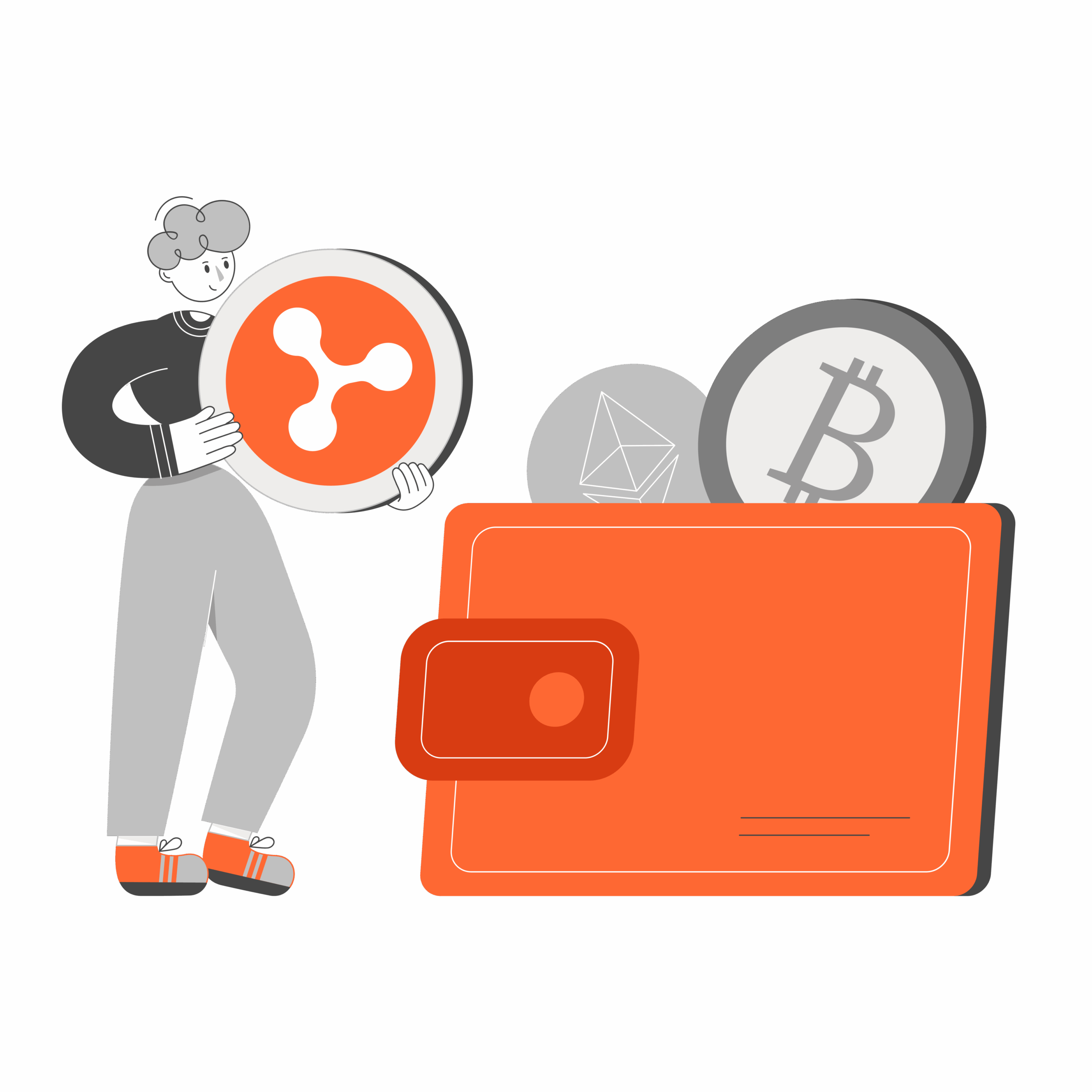In today’s digital age, the ability to send and receive funds online has revolutionized the way people conduct financial transactions. Digital money transfers provide unprecedented convenience, speed, and security, making it an integral part of modern banking and financial services. This article delves into the world of online fund transfers and provides comprehensive insights into mastering the art of digital money transfers for individuals and businesses.
Understanding Online Fund Transfers
Online fund transfers, also known as digital money transfers, refer to the process of sending and receiving funds electronically through various digital platforms or financial institutions. This method eliminates the need for traditional paper-based transactions, offering immediate accessibility to funds across geographical boundaries. With the increasing adoption of digital payment systems, online fund transfers have become an essential part of daily financial management.
Benefits of Sending and Receiving Funds Online
The widespread adoption of digital money transfers is attributed to the array of benefits it offers. Firstly, online fund transfers provide unparalleled convenience, allowing individuals and businesses to initiate transactions from the comfort of their homes or offices. Moreover, digital transfers are characterized by rapid processing times, enabling near-instantaneous delivery of funds. Additionally, the robust security measures implemented by financial institutions and digital payment platforms ensure that transactions are safeguarded against fraudulent activities, enhancing the overall security of the transfer process.
Types of Online Fund Transfer Services
There are several methods and platforms available for sending and receiving funds online. Bank transfers are a popular option, allowing individuals to transfer funds between their own accounts or to other recipients within the same financial institution. Digital wallet services, such as WireWallet, provide a convenient digital platform for transferring funds to individuals or merchants.
Steps to Sending Funds Online
To initiate an online fund transfer, individuals need to follow a series of steps to ensure a successful transaction. The process typically involves setting up accounts with the chosen financial institution or digital payment platform, entering recipient details, specifying the transfer amount, and confirming the transaction. Many platforms also offer the option to schedule recurring payments, providing additional flexibility for regular fund transfers.
Ensuring Security in Online Fund Transfers
Security is paramount in online fund transfers to protect the sensitive financial information of individuals and ensure the integrity of transactions. It is crucial to utilize trusted and secure platforms and to implement best practices for securing personal and financial data. This includes using strong, unique passwords, enabling two-factor authentication, and monitoring accounts for any unauthorized activity. Additionally, individuals should remain vigilant against phishing attempts and fraudulent schemes that target online financial transactions.
Receiving Funds Online: What You Need to Know
When it comes to receiving funds online, individuals must be aware of the process involved in accepting and accessing transferred funds. Verification procedures, such as confirming the recipient’s identity and authorizing the transaction, are often necessary to complete the fund reception process. Once a transfer is initiated, recipients may receive notifications or alerts prompting them to accept the incoming funds, after which the funds can be accessed through their designated accounts or digital wallets.
Overcoming Challenges in Online Fund Transfers
While online fund transfers offer numerous benefits, there are challenges that individuals may encounter when sending and receiving funds digitally. These challenges include transaction fees imposed by financial institutions or payment platforms, currency conversion costs for international transfers, and limitations on the amount that can be transferred within a specific timeframe. However, these challenges can be effectively managed by exploring cost-effective transfer options, leveraging favorable exchange rates, and planning transactions in compliance with applicable transfer limits.
The Future of Online Fund Transfers
Looking ahead, the future of online fund transfers is poised for further innovation and advancements. Emerging technologies, such as blockchain and digital currencies, are reshaping the landscape of financial transactions, offering decentralized and secure mechanisms for sending and receiving funds. Additionally, the ongoing development of open banking frameworks and real-time payment systems is set to enhance the speed and accessibility of digital money transfers, paving the way for a more interconnected and seamless financial ecosystem.
Conclusion
Mastering the art of sending and receiving funds online is essential for harnessing the full potential of digital money transfers in today’s interconnected world. By understanding the benefits, methods, and security considerations associated with digital fund transfers, individuals and businesses can leverage the convenience and efficiency offered by online financial transactions. As the evolution of digital payment systems continues to unfold, staying informed and adept in the realm of online fund transfers is key to navigating the dynamics of the modern financial landscape.




